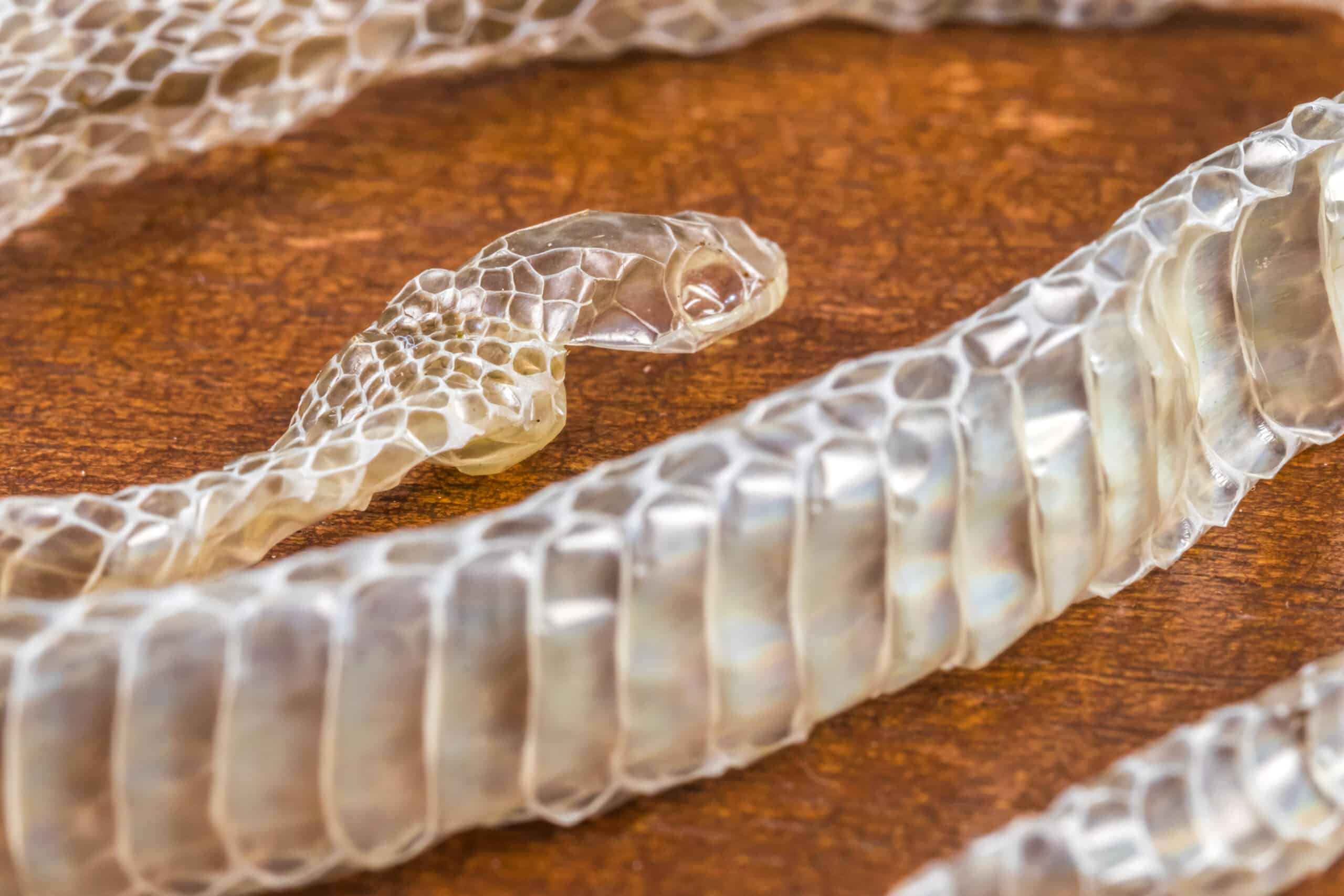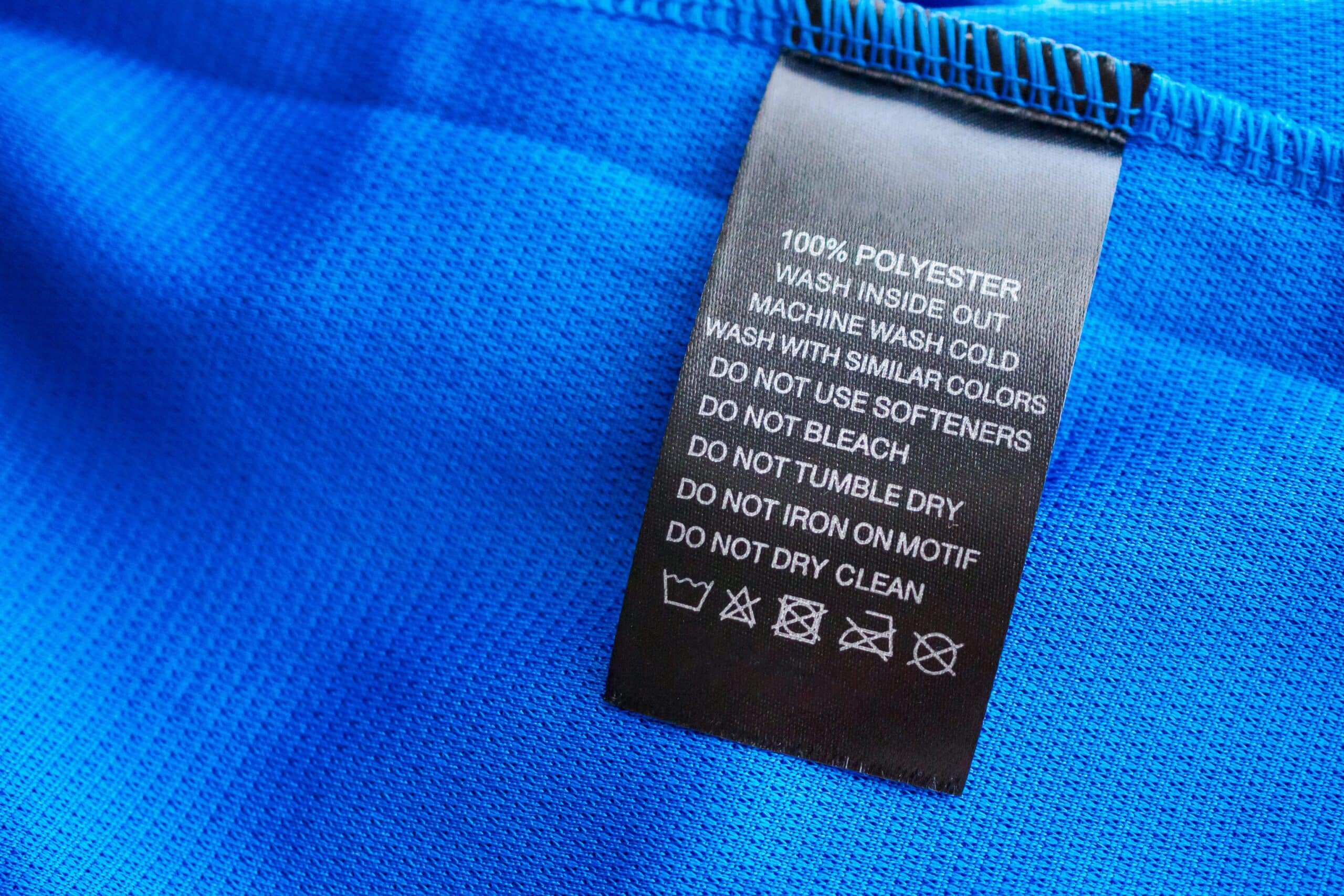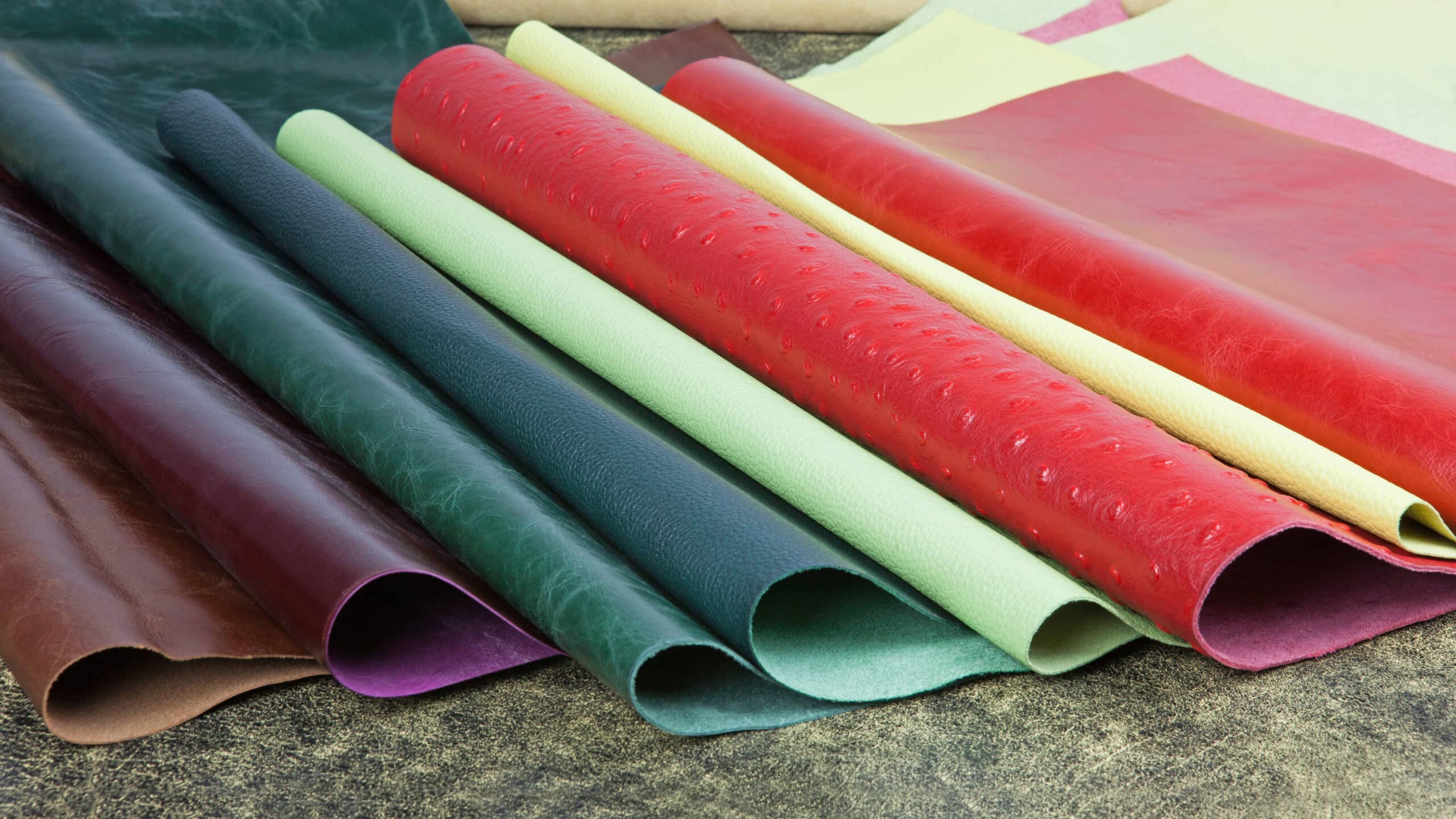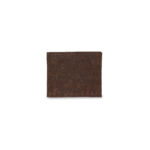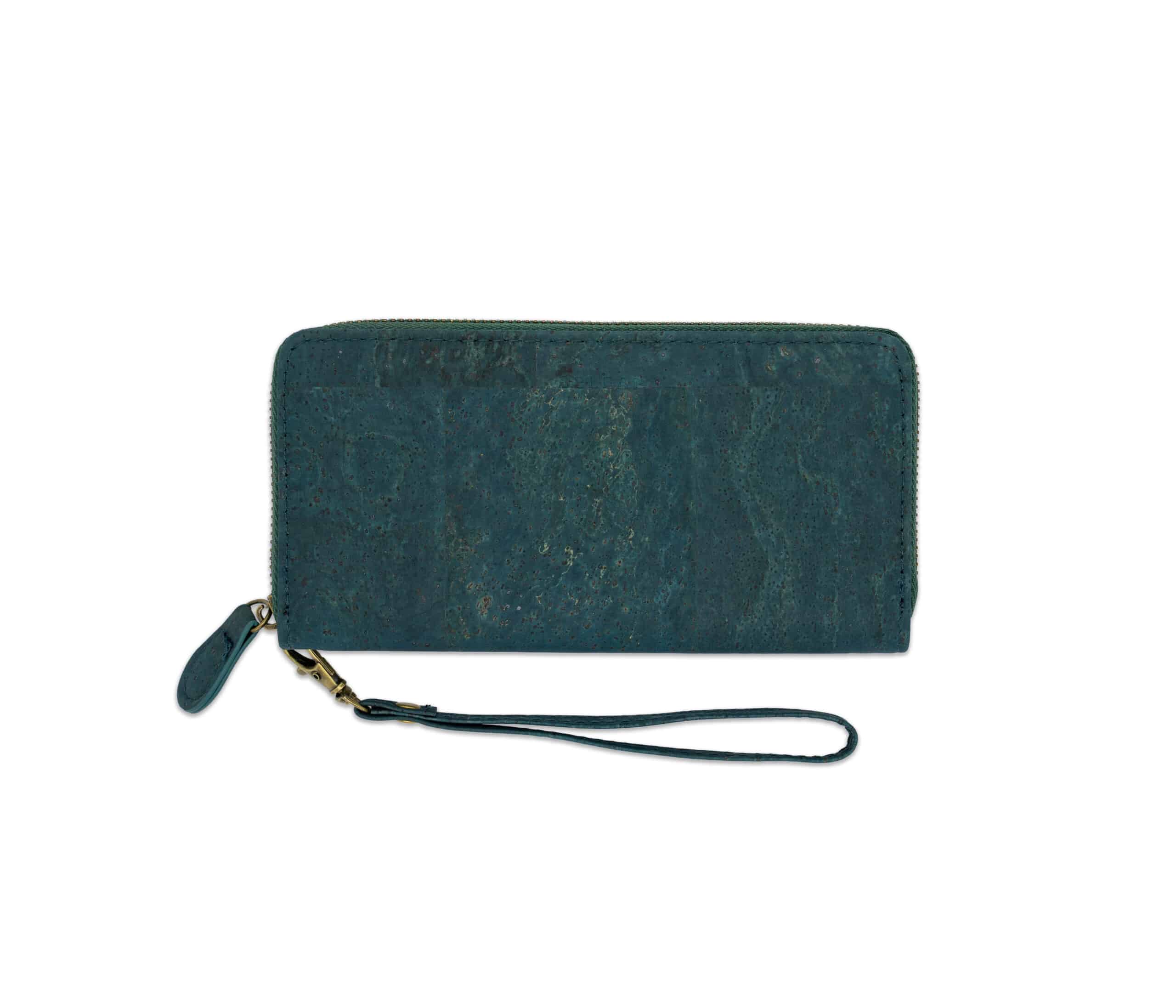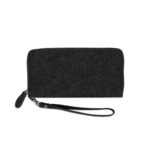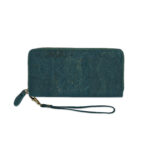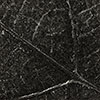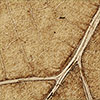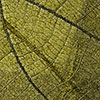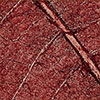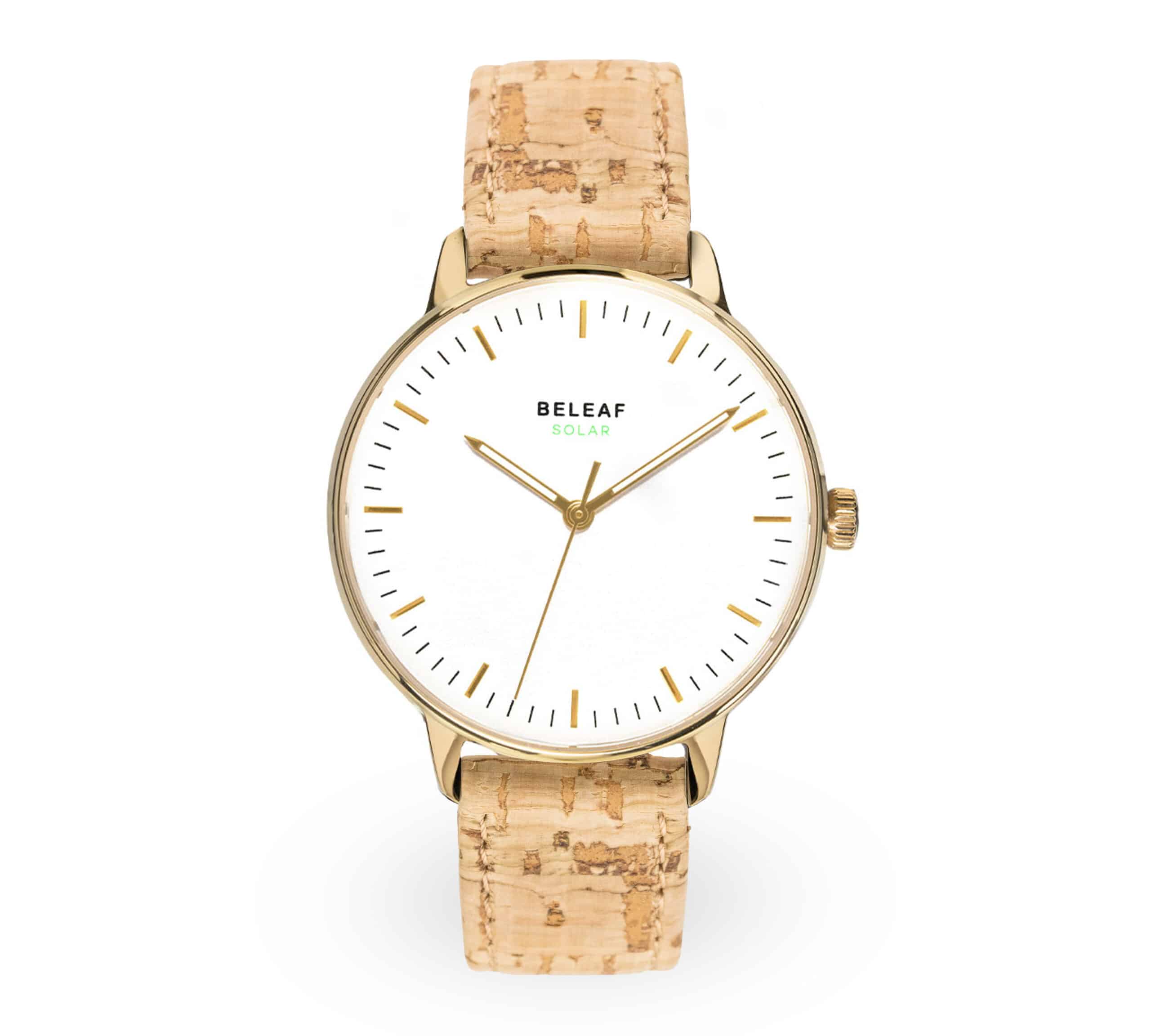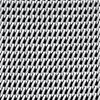Vegan leather vs. animal leather
A lively debate has been going on in the fashion world for several years now. It is about the use of animal (e.g. leather and fur) and natural, vegan leather-like materials.
This debate about the better leather material raises complex issues and is not easy to resolve, but the strong growth in demand for plant-based, or natural, leather alternatives can be interpreted as a statement of society’s desire for environmentally friendly leather that is free from animal suffering.
Many innovative companies are bringing new types of leather-like material to the market. Leaves, mushrooms, cacti and other natural materials have been developed into leather alternatives to create a more sustainable future for the fashion industry. It may be hard to believe that leaves or mushrooms have what it takes, but those who dare to take the step towards the leather alternative will not be disappointed.
We have already published a blog post about the unbeatable properties of leaf leather here (LINK leaf leather post). In the following, we will introduce you to six more vegan raw materials that are really “getting to the leather” of the animal leather industry these days.
1. Mushroom leather
It may sound a little crazy that something so robust can be made from something we normally chop up for dinner, but mushroom-based leather is made from a non-edible species of mushroom called Phellinus ellipsoideus. Once the mushroom is harvested, it can be used and treated in the same way as animal leather.
So not only is mushroom leather incredibly sustainable, it is also water repellent, non-toxic and durable enough to make fashion items that are traditionally made from leather.
2. Pineapple leather
When it comes to pineapple leather, the best-known leather alternative is probably Piñatex® leather made from pineapple leaves. The discoverer of Piñatex (Dr Carmen Hijosa) came up with the idea when she was working in the Philippines and was confronted with the enormous environmental impact of the leather industry. She found out that there is a way to produce luxury materials without further damaging the planet.
Piñatex® leather is made from raw materials that are a by-product of pineapple harvesting, also known as food waste, which is often thrown away or incinerated. Thus, similar to MusKin, this pineapple leather kills two (metaphorical) birds with one stone.
3. Apple leather
Would you have guessed that apples not only contain lots of vitamins, minerals and trace elements, but are also a great way to produce a vegan leather material? We will now explain to you exactly how this works:
The production of apple juice produces particularly large quantities of solid residues – so-called pomace. A company based in Bolzano uses this pomace to produce a vegan leather alternative. The apple residues are dried, ground into a powder and then applied to a dense fabric together with a binding agent. Finally, the resulting textile is embossed to create the leather look.
Ingenious, isn’t it?
4. Cactus leather
The inventors of cactus leather became aware of the great burden on the environment and decided it was time for a change. The nopal cactus (prickly pear), which is widespread in Mexico, is ideal for making a leather imitation. The cactus leather does not contain any synthetic materials and looks very similar to leather. It also has similar properties: Cactus leather is durable, flexible and breathable. Thanks to these properties, it is versatile and could one day replace leather not only in the fashion industry, but also in the furniture and automotive industries.
5. Cork
Cork brings with it the advantages of a velvety-soft, water-repellent and anti-allergic material. For the production of the leather-like material, the bark of the so-called cork oak, which is mainly found in Portugal, is used. What is particularly nice is that no trees have to be felled for the extraction of cork, because the bark always grows back.
It is estimated that a cork oak can be “peeled” fifteen times in the course of its life. Depending on the production, the cork layer obtained is reinforced with cotton, polyester or polyurethane (PU) at the end. The latter is still more environmentally friendly than the PVC used for common leather imitations.
In addition, the use of cork offers another very important advantage: the high demand for it means that the cork oak forests are protected and thus preserved.
6. Paper
Yes, you read correctly! You can even make a great leather look out of paper. The paper-leather material is called Tyvek and wash paper, for example. Washing paper is probably a common term, especially for craft enthusiasts.
Washing paper consists only of cellulose and latex and looks like cardboard when ordered. Only when you wash it – hence the name – and crumple it, does it get the leather-like look.
Our mission is to make leather leaf! If you would like to join us and stay tuned, sign up for our newsletter now with just a few clicks and never miss any news from the world of LEAFs! We look forward to seeing you!








